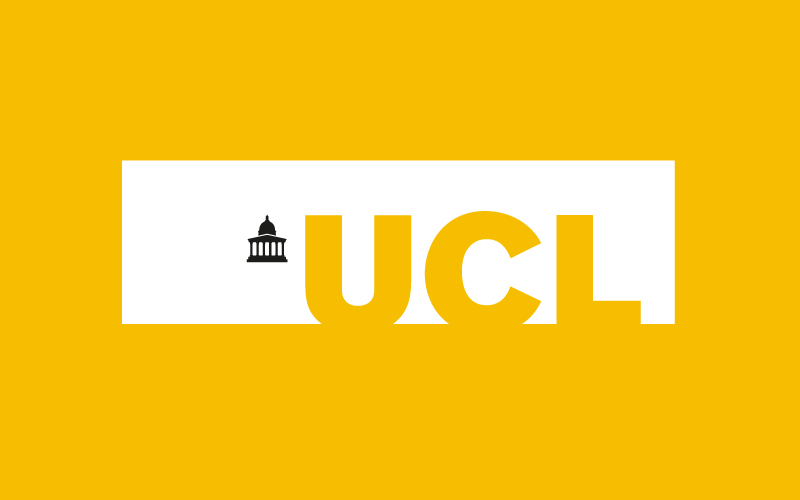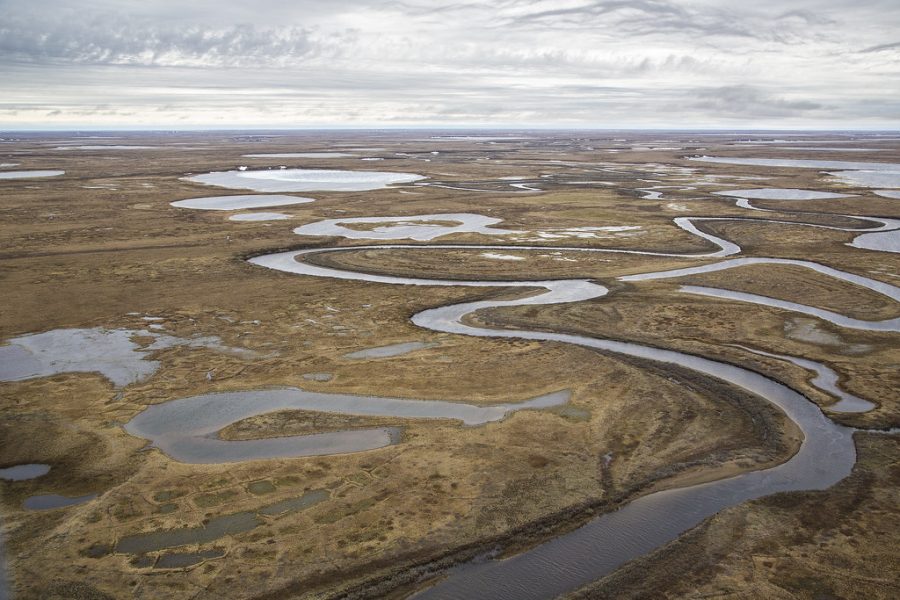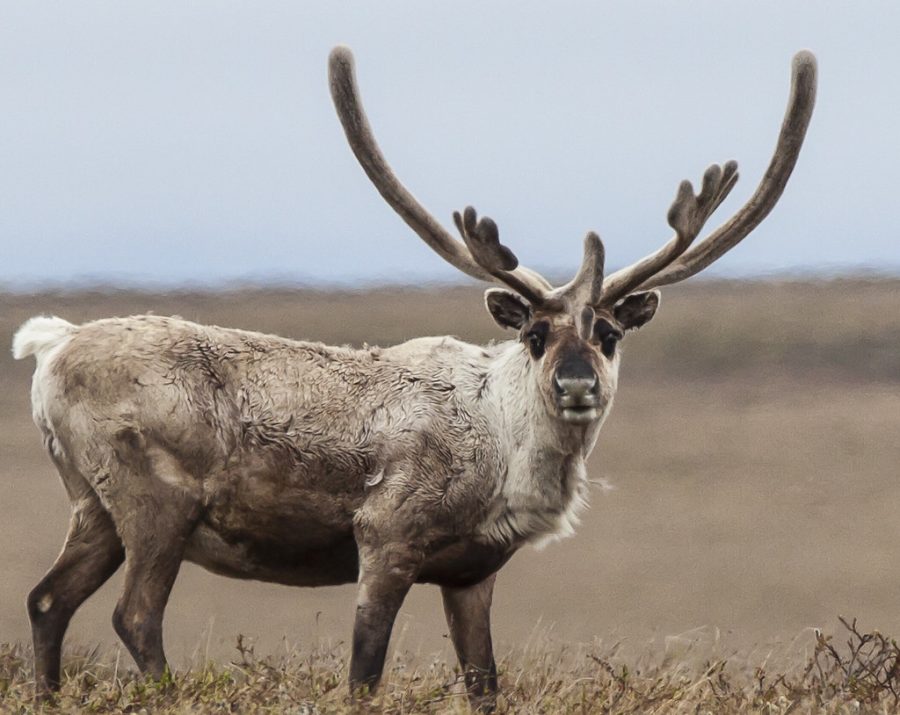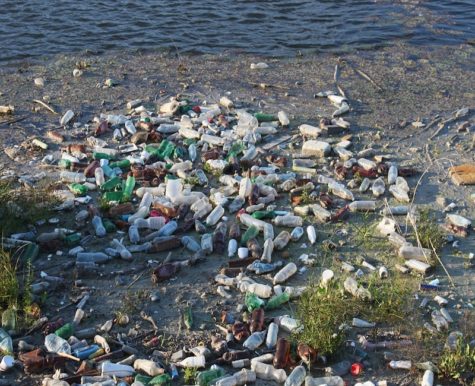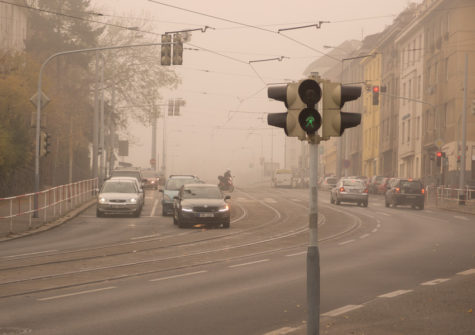To Drill or Not to Drill: the Dilemma of the Willow Project
What is the Willow Project?
On Monday the 13th of March, president Joe Biden announced the approval of the Willow Project. This $8 billion program aims to extract over 600 million barrels of oil from the National Petroleum reserve in Alaska. This area is owned by the federal government which, in collaboration with the ConocoPhillips oil company, plans to utilize it for America’s factories and energy supply.
Recent Developments
So, how did we go from Biden promising: “No more drilling on federal lands, period. Period, period, period” to finding out that the President of the USA has approved a plan which could be potentially catastrophic for native populations and the global climate crisis alike?
The answer, or part of it, is the cost. ConocoPhillips has held leases over the potential drilling sites for more than twenty years since the project had already been approved by former president Donald Trump. Therefore, Biden’s administration has predicted that the refusal to give this company the permit to act upon their plans would have resulted in a $5billion lawsuit, straight from the government’s pockets. It’s a tricky situation, and many are saying that Biden has his options drastically limited by the lease rights that ConocoPhillips holds.
The other half of the reason for this sudden endorsement has to do with pressure. Currently, the Biden administration is trying to find ways to deal with a global energy crisis, badgering from Alaska legislators, an upcoming election year and the above-mentioned economic problem. However, approving the project certainly isn’t doing Biden any favors with his young voters, whose support for the President is predicted to go down if the Willow Project moves forward. And, even if the energy-related effects of the Russia-Ukraine war could be temporarily put on hold with this solution, then we’d still find ourselves having to work harder in the long run to reach net zero by 2050, as President Biden promised.
However, we mustn’t forget that the American President has managed to cut down the company’s drilling sites from five to three (even though he had made efforts to further reduce the drilling down to two sites) and protect 2.8 million acres of the Beaufort Sea from any future gas and oil leases.
The newly modified Willow project will, if no other changes are made, begin in 2024 and last up to 30 years. Drillings on the three sites are predicted to extract about 180 000 barrels of oil a day thanks to the 200 wells spread across the area, providing an innumerable amount of resources, but unfortunately have terrifying consequences on the environment.
Environmental Consequences
Whilst the Willow project will provide thousands of jobs for people living in the remote area during the many years of extraction and may boost America’s economy, it will also cause various possibly irreversible damages to the environment. The area of the project would affect the habitats of whales, seals, polar bears and other wildlife even though it has already been shrunk by under 3 million acres. Polar bears, which are listed as a vulnerable species, live primarily in Alaska, Canada, northern Russia and Greenland. Alaska, which hosts one of the largest areas in terms of population size, has seen declining numbers according to the WWF. The project will have devastating consequences on these animals by damaging their habitat. Many species of seals, including ringed, ribbon, spotted and bearded seals, would be affected by potential oil spills. During the 30 planned years of the project, an accidental spill is likely and if these animals came in contact with the oil they would surely be injured or killed by it. This would cause more problems to the populations of polar bears, who rely on them as a primary food source. Spills would also cause the toxins released to affect the food web for years to come, affecting all species in the area. Fin whales too, who live around Alaska, are marked as an endangered species. They will be affected by the increase in noise which will cause the mammals stress leading them to feed less and have lower fertility rates, as well as interrupting their communication patterns. The project consequently will have devastating effects to the populations of most types of whales in the area, including gray whales, killer whales and beluga whales. The drilling, traffic and local pollution will also alter the migration patterns of animals like caribou, causing problems to the native Alaskan people who rely on hunting for survival. The nearby Nuiqsut community (closest indigenous community to the sites where the Willow project will take place) has already expressed its concern on the matter, stating that past oil drilling projects have caused sick fish, malnourished caribou and toxic air quality which have severely affected the community’s access to food and the members’ health.
Not only will the Willow project cause direct problems to the surrounding wildlife, but the estimated 280 million tonnes of carbon dioxide released will worsen the climate situation. The thawing of the arctic permafrost is causing problems not only to the people of Alaska, but will release huge amounts of carbon dioxide and methane that have been stored in the ice for thousands, if not millions, of years. This will cause even more global warming and continue this worsening cycle. Even though the oil extracted from Alaska’s North Slope would have otherwise been obtained by other sources as the need for oil is still very high, stopping the project may have boosted the shift to clean energy seen the small amounts of oil remaining.
Protests
Needless to say, lots of people are less than thrilled with the recent developments and activists are speaking out against the breaking of Biden’s promise and the environmental and population-related problems that will ensue.
TikTok: #stopwillow
One of the most outspoken social media sites in regards to this issue has been TikTok, with the famous #StopWillow hashtag that has taken the website by storm. Elise Joshi, Alaina Wood and Alex Haraus in particular are climate change TikTokkers which have reached an exorbitant amount of views, despite the fact that “climate doesn’t trend very often”, as Joshi has said. They managed to convince their followers to raise awareness, sign petitions, and even write over one million letters to President Biden himself in hopes of stopping the process and creating a safer future both for those concerned with climate change and for the native populations of Alaska that could potentially have their food and water sources compromised by the Willow Project.
Petition: Stop the Willow Project
Another platform for those advocating against the Willow Project has been change.org, a site for petitions. In particular, the “Stop the Willow Project” petition has garnered over 4,200,000 signatures and will become one of change.org’s top ten most signed petitions the moment it hits the 4,500,000 landmark. Again, the petition was popularised by TikTok content creators such as Joshi, Wood and Haraus and there’s hope that it might be able to potentially limit the damage caused by the Willow Project or even halt it completely— it wouldn’t be the first time in history that an enterprise like this is stopped midway.
Rallies and protests
There’s been a number of activists that have gathered together to protest against this project out in public. On January 10, 2023 in Lafayette Square, Washington DC, various climate activists got together and unfurled a ‘climate bomb’ banner in front of the White House in hopes of stopping President Biden from approving the potentially disastrous plan. Just recently, on March 23, 2023, demonstrators protested before one of Biden’s speeches at the Department of Interior, in DC, drumming on buckets and using megaphones to have their voices heard. Many more protests are in progress and anticipated if the Willow Project isn’t stopped.
Conclusion
The Willow project will have some positive outcomes for the people employed and for the enrichment of the country. The project may damage many animals and communities in the area, also due to likely oil spills. It is still possible that the change.org petition, along with other protests, may still stop advancements but nothing is certain. Even though President Biden had little choice but to approve it, the outcries that have arisen are hoped to push America, as well as other countries, towards more sustainable choices in energy production.





















